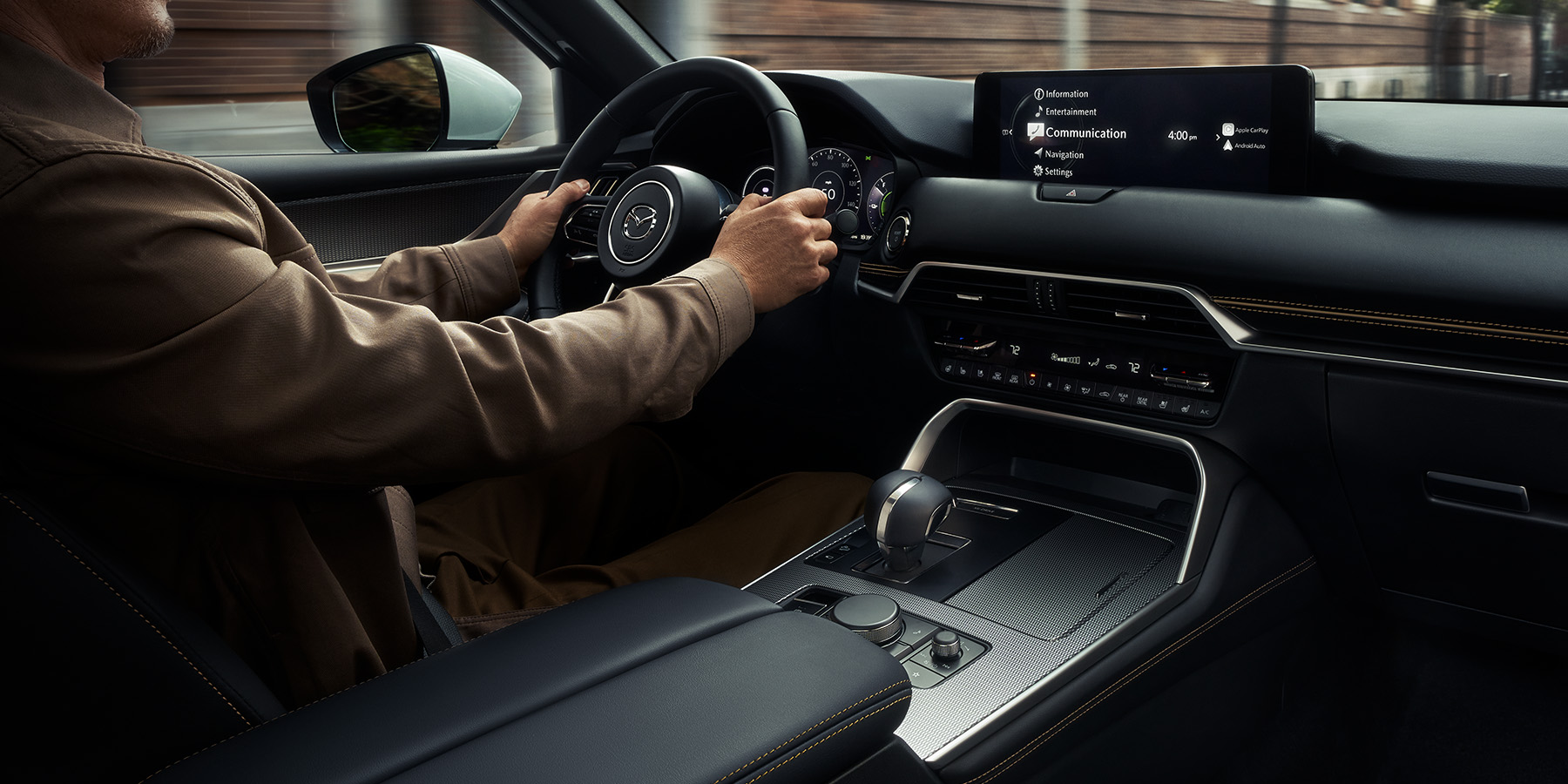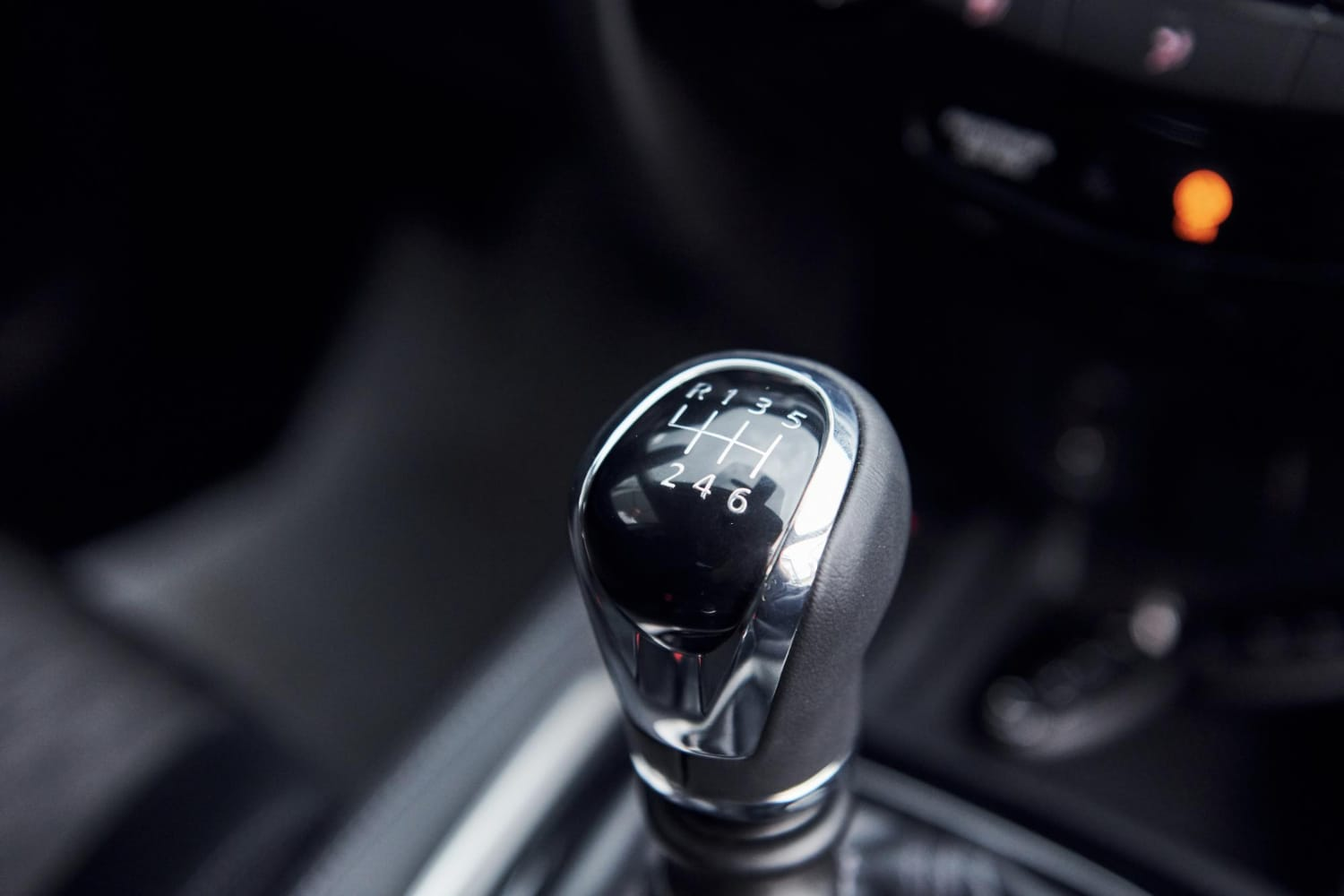
The automotive industry is on the brink of a transformative shift in propulsion technologies, driven by the dual imperatives of reducing carbon emissions and enhancing vehicle performance. This article explores the future trends in automotive powertrains, highlighting emerging technologies that promise to reshape the landscape of transportation.

Electric Vehicles (EVs):
Electric vehicles (EVs) represent a pivotal advancement in automotive propulsion, powered entirely by rechargeable batteries and electric motors. EVs offer numerous advantages, including zero tailpipe emissions, reduced noise pollution, and lower operating costs compared to traditional internal combustion engine (ICE) vehicles. With advancements in battery technology, EVs are poised to achieve longer driving ranges and faster charging times, addressing one of the primary barriers to widespread adoption.
Hybrid Electric Vehicles (HEVs):
Hybrid electric vehicles combine an internal combustion engine (ICE) with an electric motor and battery pack. HEVs optimize fuel efficiency by leveraging electric power for low-speed driving and regenerative braking, reducing fuel consumption and emissions. As hybrid technology evolves, plug-in hybrid electric vehicles (PHEVs) offer extended electric-only driving ranges by allowing external charging of the battery pack, providing drivers with flexibility and reducing reliance on fossil fuels.

Fuel Cell Electric Vehicles (FCEVs):
Fuel cell electric vehicles (FCEVs) use hydrogen gas to generate electricity through a chemical reaction with oxygen, producing water vapor as the only emission. FCEVs offer zero tailpipe emissions, fast refueling times comparable to conventional vehicles, and longer driving ranges compared to battery electric vehicles (BEVs). Advances in hydrogen production and infrastructure development are critical for expanding the viability of FCEVs as a clean energy transportation solution.
Advancements in Internal Combustion Engines (ICEs):
While electric propulsion dominates discussions on future technologies, advancements in internal combustion engines (ICEs) continue to improve fuel efficiency and reduce emissions. Technologies such as turbocharging, direct fuel injection, and variable valve timing enhance engine performance while meeting stringent emissions standards. Hybridization of ICEs further improves efficiency by supplementing engine power with electric motors and regenerative braking systems.
Alternative Fuels and Biofuels:
The exploration of alternative fuels, including biofuels derived from renewable biomass sources, holds promise for reducing carbon footprints and achieving sustainable transportation solutions. Biofuels can be blended with conventional fuels to reduce emissions and enhance energy security, leveraging existing infrastructure and reducing dependence on imported fossil fuels.
Integration of Advanced Driver-Assistance Systems (ADAS) and Connectivity:
The future of automotive propulsion extends beyond powertrain technologies to encompass integration with advanced driver-assistance systems (ADAS), connectivity, and autonomous driving capabilities. Electric and hybrid vehicles benefit from enhanced vehicle-to-infrastructure (V2I) and vehicle-to-grid (V2G) communication, optimizing energy consumption and improving overall efficiency.
Challenges and Considerations:
Despite the promising advancements in automotive propulsion technologies, several challenges must be addressed for widespread adoption. These include battery cost and range limitations for EVs, infrastructure gaps for charging and hydrogen refueling stations, regulatory frameworks, consumer acceptance, and the environmental impacts of manufacturing and recycling advanced technologies.
Future Outlook:
The future of automotive propulsion is multifaceted, with a shift towards electrification, hybridization, and alternative fuels driving innovation and sustainability. As automakers continue to invest in research and development, partnerships with governments, industries, and academia will play a crucial role in accelerating technological advancements and achieving global climate goals.
In conclusion, the future of automotive powertrains is characterized by a diverse array of technologies aimed at reducing carbon emissions, enhancing energy efficiency, and meeting evolving consumer preferences. By embracing innovation and collaboration, the automotive industry is poised to deliver cleaner, more sustainable transportation solutions that redefine mobility for a greener future.





